Yellow jackets can be an asset around home gardens and commercial farms, yet can become a nuisance when they sting people scavenging food from trashcans or picnics. Yellow jackets have the capacity to deliver multiple stings at a time.
To reduce stings and protect yourself from further attacks, apply insecticide when colonies are least active – such as during cool evenings. Ehrlich technicians can inspect your property and recommend the best treatment option for you.
Insecticides
Yellowjackets are aggressive insects that will attack any perceived threat, often more painfully than bee or wasp stings. Therefore, it’s crucial that any nest is eliminated as soon as it’s identified – there are sprays, foams and traps available to assist in doing this task.
Location plays an integral role in selecting the ideal treatment method, from traps or foam spray to aerosol treatments for ground-dwelling colonies. A convenient ready-to-spray insecticide like Sevin is often chosen because its convenient container simplifies application; making it suitable for spraying large areas such as lawns or gardens.
Yellowjacket attacks can be avoided by regularly clearing away potential food sources like woodpiles, yard debris and rock piles from around your home. Furthermore, it is crucial that eaves and roof spaces remain well-kept as this space provides shelter for yellowjacket nesting sites.
Bait Traps
Yellow jackets differ significantly from other stinging insects in that they can become very protective of their nests, often attacking when provoked – like when someone accidentally steps into or hits one of their openings; or when vibrations from a lawnmower trigger underground colonies to attack. Yellow jackets have an overwhelming reputation of aggression towards any threat to their territories and will aggressively defend it by attacking unprovoked. They may sting repeatedly until someone attempts to enter or disturbs it by touching something near it; even unwary attackers become aggressive towards them!
Sprays, foams and traps are effective tools for controlling yellowjacket populations in outdoor spaces around your home or business. However, it should only be utilized when it is safe and the nest is located far from people, pets and other animals.
An electric bug zapper can quickly dispatch of flying yellowjackets without them stinging when placed near their nest entrance, providing non-toxic protection for family and pets. Or alternatively, hang an insect zapper trap filled with meat as bait to draw in yellowjackets; fruit juice may prove more successful later in the summer and fall.
Wasp Traps
Trapping can be an extremely effective means of eliminating yellowjackets from open areas. An electric bug zapper provides the most efficient means of trapping ground-dwelling yellowjackets; when they attempt to attack they are shocked and die instantly.
Stryker Wasp and Hornet insecticide is an ideal choice for quickly eliminating yellowjacket nests; when used directly against large holes or voids in walls or structures. Furthermore, Sevin Ready to Spray dust applied directly over any opening will ensure instantaneous bee/wasp elimination while simultaneously deterring further attacks by keeping bees/wasps away from attacking again.
Treating and preventing pest infestations will also deter yellowjackets from nesting in your yard, such as by keeping trash cans covered and regularly emptied out, cleaning up food scraps left in accessible locations promptly, as well as tracking yellowjacket activity during dusk and dawn to locate their nests for treatment.
Wasp Nest Removal
Yellow Jackets and Hornets can be eradicated effectively by finding their nests and destroying them, the easiest way being at night when their activity levels have subsided. Be sure to wear protective clothing such as long pants, sleeves and face protection before venturing near any nests; furthermore ensure children and pets remain away from these areas.
Ground nests can often be discovered while mowing or weeding the yard and are best treated by spraying pesticidal dust directly at their entrance, thus infiltrating all wasp nests within and killing most within days.
Nests that are located high up can be more challenging and should only be attempted by professionals unless you possess sufficient experience. Killing nests located high in trees or under house eaves requires taking precautions with a ladder if done on your own.
